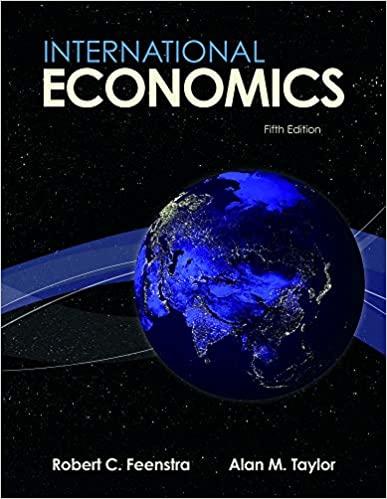This question uses a numerical example to understand the connections between the goods, money, and foreign exchange
Question:
This question uses a numerical example to understand the connections between the goods, money, and foreign exchange (FX) markets.
a. Find the MPC, MPCf, MPCH and MPS for this economy.
b. Using the uncovered interest parity condition, solve for the exchange rate (E) as a function of the home interest rate (i).
c. Write out an expression for the IS and LM curves. You should have output (Y) expressed as a function of the interest rate (i).
d. Find the equilibrium (home) interest rate, i, and the equilibrium (home) output, Y. Calculate consumption, investment, trade balance, and exchange rate at the economy’s equilibrium.
e. Suppose the government wants to achieve a balanced budget by adjusting taxes. What level of taxes would balance the budget? Repeat (a) and (d) using this new level of taxes, assuming a floating exchange rate regime.
f. Using the IS‒LM‒FX model, illustrate how this change in taxes affects the economy. Comparing the numerical values you found in (e) with those from (d), are your answers consistent with the diagram?
g. Now, suppose that monetary policy is implemented to stabilize output. Find the new level of money supply that will allow the economy to maintain the same level of output with increased taxes. Calculate the new values for Y, i, E, C, I, and TB.
h. Using the IS‒LM‒FX model, illustrate how the combination of the tax increase and monetary stabilization policy affects the economy. Comparing the numerical values you found in (g) with those from (d), are your answers consistent with the diagram?
Step by Step Answer:






